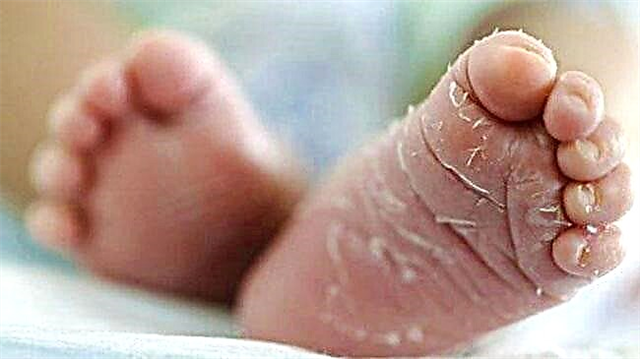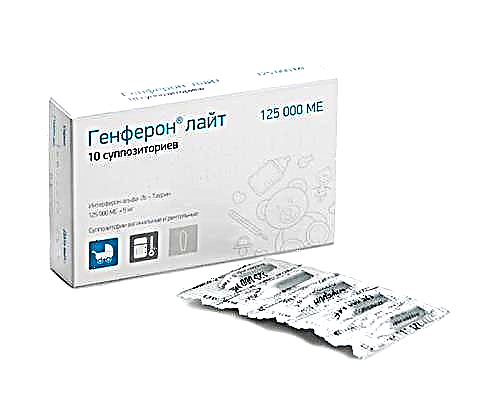
Upon learning that the child has any heart problems, all parents begin to worry. Especially if the diagnosis is an unfamiliar abbreviation, such as MARS. But instead of panic, it is better to study the issue and find out what is hidden behind these letters and whether such a "cosmic" diagnosis is dangerous for the life of babies.

What is it
MARS in children should be deciphered as follows:
- M - small
- A - anomalies
- R - development
- C - hearts
This is the name of a large group of changes in the structure of the heart and large vessels that appeared in utero as a result of their abnormal development, practically did not affect hemodynamics and in most cases did not manifest clinically. They are often detected during elective echocardiographic examinations. According to statistics, MARS occurs in 39-69% of children, and in 40% of cases there are several of them in one child. Many of the anomalies are reversible or age-related.
The MARS group includes:
- Atrial septal aneurysm. This is a common problem in which the septum bulges into the right atrium where the fossa oval is located.
- Additional chords and trabeculae. They are cords of connective tissue attached to the ventricles at one end. Such chords are plural, but more often they occur in the singular. In most children, they are found in the left ventricle and only in 5% of cases are located in the right.
- Open oval window. The absence of closure of this opening, which is necessary for the fetus for normal intrauterine development, is diagnosed at the age of over a year, but even by the age of 5 it can close on its own.
- Valve prolapse. Most often, a change in the mitral valve is found (only the first degree of this pathology belongs to MARS), but in some children, prolapse of other valves, for example, the aorta, inferior vena cava or pulmonary artery, as well as the tricuspid valve, occurs.
- Dilation of the pulmonary artery. In most children, this dilation does not violate the boundaries of the heart and does not affect blood flow.
- Bicuspid aortic valve. As a rule, one leaf in such a valve is larger than the second. This valve does not function as well as a normal tricuspid valve - during systole its opening is incomplete, and during diastole regurgitation is observed, which results in inflammation of the valve leaflet and the formation of calcifications in it.
- Enlargement of the Eustachian valve. Anomaly is diagnosed when the valve size is more than 1 centimeter.
- Changes in the structure of the papillary muscles.
- Widening or narrowing of the aortic root.
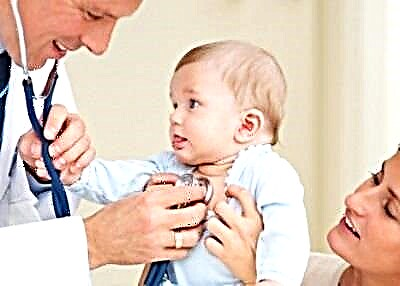
Causes and provoking factors
The appearance in a child of changes related to MARS is possible for various reasons. This may be a consequence of mutagenic effects on fetal tissues, in particular on its heart, during embryogenesis. Often, MARS is a symptom of genetic and congenital connective tissue defects (dysplasia).
The factors that can provoke the appearance of anomalies include:
- Hereditary predisposition.
- Chromosomal diseases.
- Stress during pregnancy.
- Insufficient or unbalanced nutrition of the expectant mother.
- Radiation exposure of a woman during gestation.
- Smoking during pregnancy.
- The use of alcohol or drugs by the expectant mother in the 1st trimester.
- Unfavorable ecological situation.
- Infections in the expectant mother.
- Taking medications for a pregnant woman.
See the next video about the effect of alcohol on the body of the expectant mother.
Symptoms
Clinical signs of MARS in newborns are usually absent. In many children, such anomalies do not manifest themselves in any way at an older age. Symptoms of MARS may appear during the active growth of the child or after the onset of some acquired disease. Anomalies can manifest themselves:
- Pain or tingling in the heart.
- Feelings of interruptions in the work of the heart.
- Changes in blood pressure parameters.
- Weakness and fatigue.
- Dizziness.
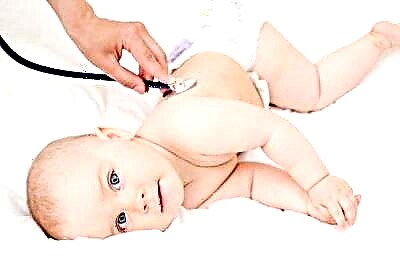
If MARS is a symptom of connective tissue dysplasia, then the child will also have skeletal lesions, abnormalities in the development of other organs, vegetative changes and other signs of such a pathology.
Possible complications
The presence of MARS in rare cases may threaten the occurrence of:
- Infective endocarditis.
- Arrhythmias.
- Pulmonary hypertension.
- Sudden death.
- Calcification and fibrosis of the valves.
Diagnostics
You can suspect a child of MARS by a heart murmur that the doctor can hear after birth. This is usually a systolic murmur that changes during movement and exercise. When it is found, the baby is sent for an ultrasound of the heart, since this examination most accurately confirms the presence of abnormalities in the heart and their effect on blood flow. Also, children with MARS are often given EKG to identify problems with heart rhythm.
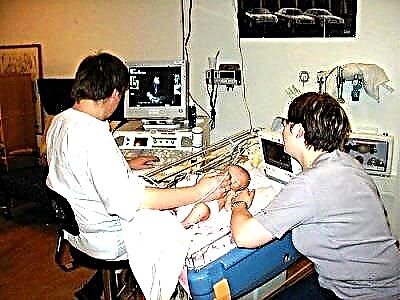
Treatment
In most cases, children with MARS do not need treatment. They are recommended to:
- Eat a balanced diet.
- Observe the regime of rest and work.
- Engage in physiotherapy exercises.
- Avoid stress.
Sports are prohibited with mitral valve prolapse, cardialgia, ECG changes, fainting and rhythm disturbances.
When complaints appear, children are prescribed drug treatment, which may include magne B6, elkar, potassium orotate, asparkam, ubiquinone, magnerot, B-group vitamins and other drugs that have a positive effect on metabolic processes in the myocardium.
Surgical intervention for MARS is required in isolated cases, and often treatment is performed through endoscopic manipulation.
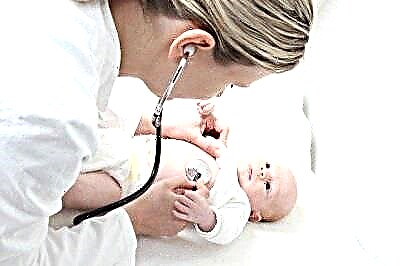
About why there are pains in the heart in children and what to do about it, see the program of Dr. Komarovsky.

